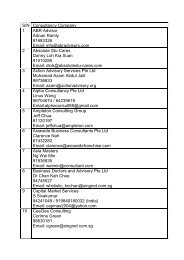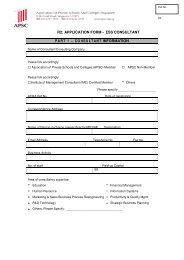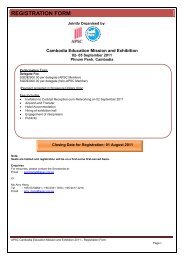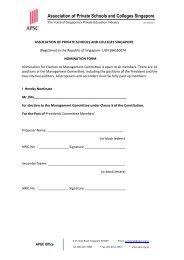A New Dynamic: Private Higher Education
A New Dynamic: Private Higher Education
A New Dynamic: Private Higher Education
- No tags were found...
Create successful ePaper yourself
Turn your PDF publications into a flip-book with our unique Google optimized e-Paper software.
Growth and typology1in 'private', paying students (Otieno and Levy, 2007). Many African countries do notcome class to a fourth in PHE/total HE enrolment (Mabizela, 2007), though Figure 1.4suggests that others exceed that share: Botswana, Gabon, Mauritius and Mozambique,with a possible (though as yet unconfirmed) far outlier in the Democratic Republic ofthe Congo. Overall, however, the African data on PHE are less reliable, scarcer andmore scattered than in other regions. More certain is that there are often moreprivate institutions than public institutions. Most of the private institutions remainperipheral, although there are notable exceptions in Kenya, South Africa, the UnitedRepublic of Tanzania and elsewhere. Yet with continued low enrolment rates andwith proportionally high growth rates, the future of African higher education mayaccelerate its present private tendencies.Figure 1.4.Africa's private enrolment and institutional shares by country(2003-2008)GabonMozambiqueEthiopiaUnited Republicof TanzaniaEgyptCountryKenyaUgandaBeninGhanaZimbabweSouth AfricaNigeria<strong>Private</strong> % oftotal HEenrolment<strong>Private</strong> % oftotal HEIs0.0 10.0 20.0 30.0 40.0 50.0 60.0 70.0 80.0 90.0PercentageSource: International Databases, Program for Research on <strong>Private</strong> <strong>Higher</strong> <strong>Education</strong>(PROPHE), available [on-line] athttp://www.albany.edu/dept/eaps/prophe/data/international.html. The site provides dataon more countries, along with individual sources and caveats.13












